Charred Decking
Charred timber decking stands stark and highly durable among outdoor flooring methods, produced with other finishing work using the traditional wood-charring practice of Japan called Shou Sugi Ban. This method basically involves a nearly burned-down treatment to timber so that it increases its resistance to moisture and maybe insects and decay, depending upon the level of burn-down. The exquisite black texture finish brings very much depth and sheen to the exterior view. So, the charred decking has an unparalleled visual appeal and requires very little maintenance compared to normal burnt wood decking. Suitable for patios, terraces, and walkways, it combines natural beauty and great performance so that it is a sustainable and long-lasting landscaping choice for the present generation.

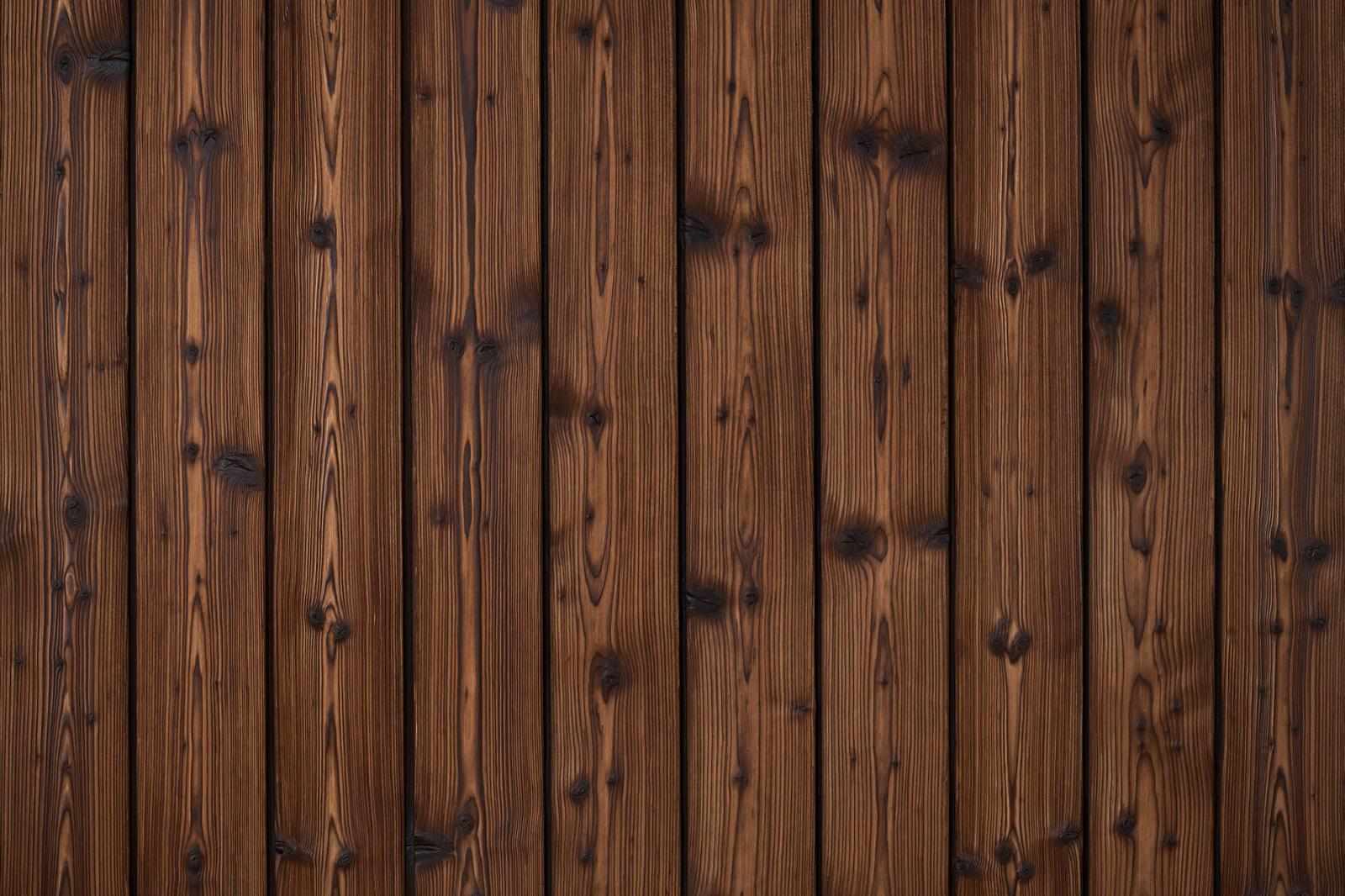
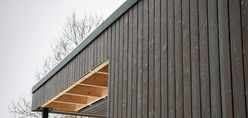
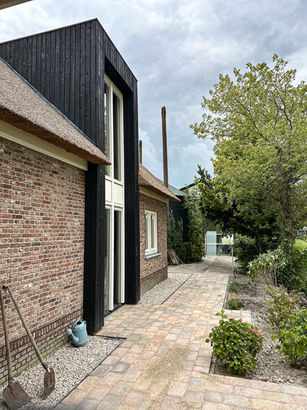
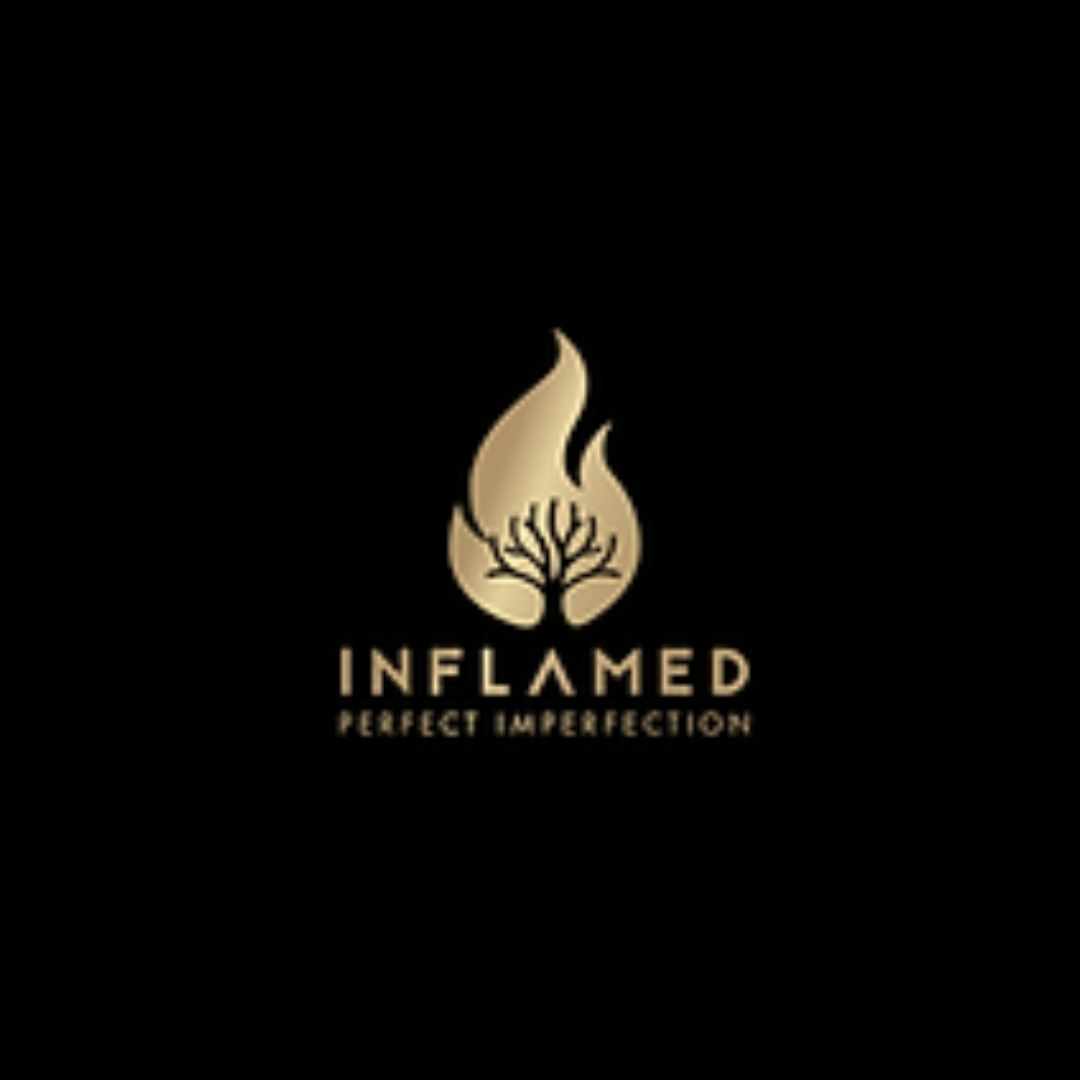
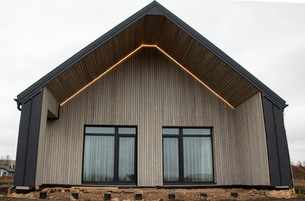

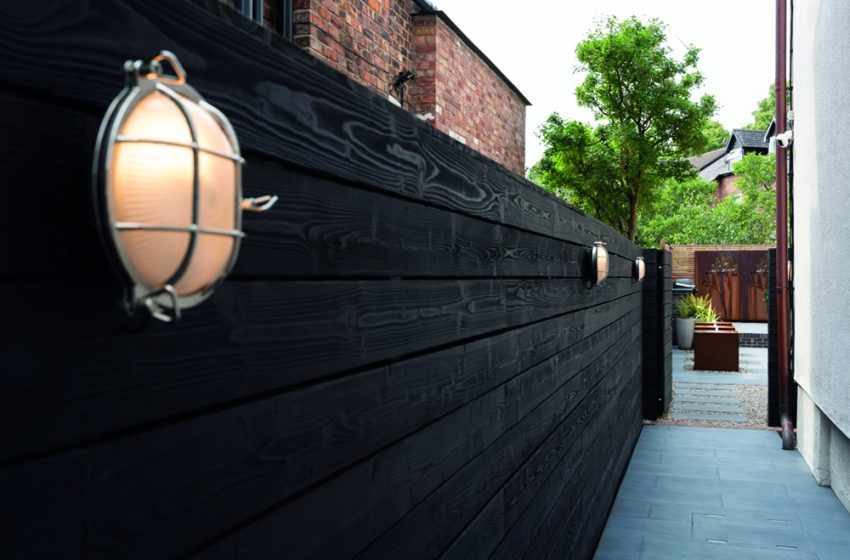
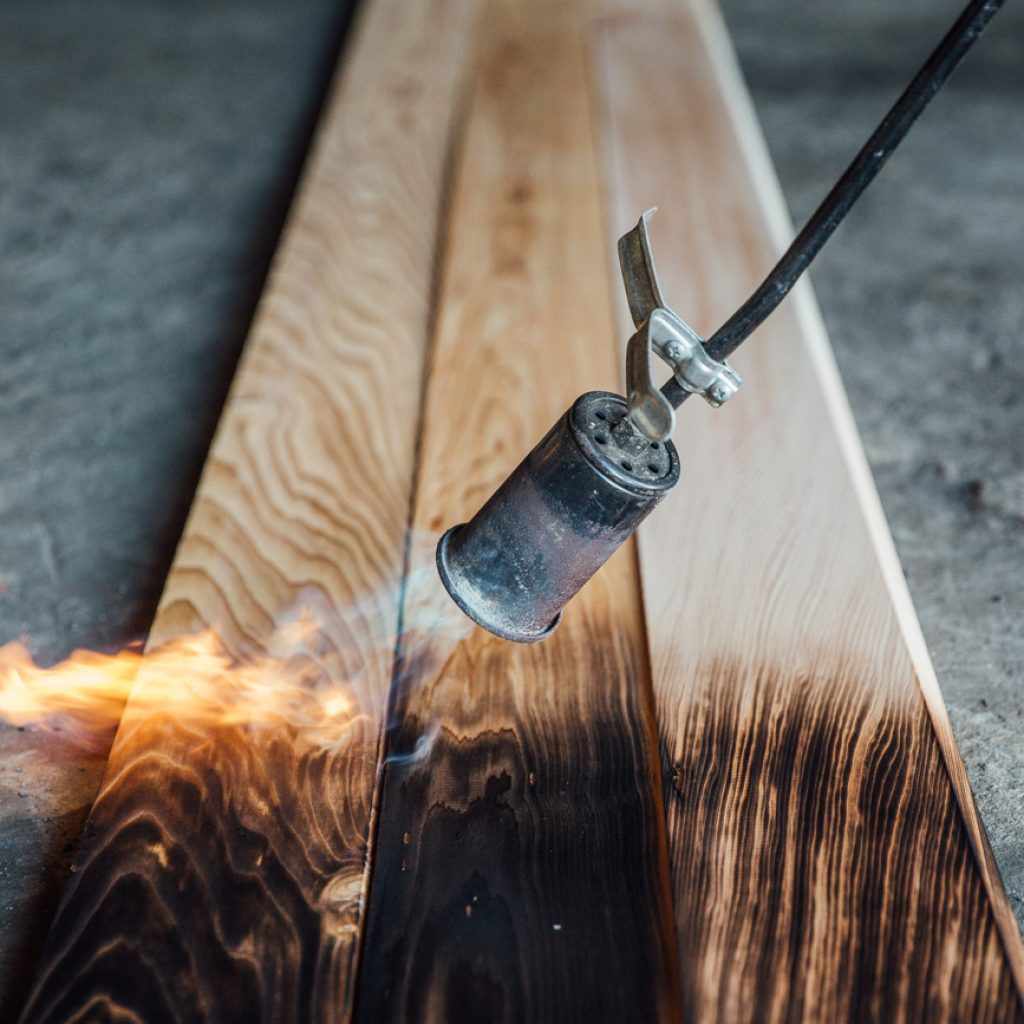
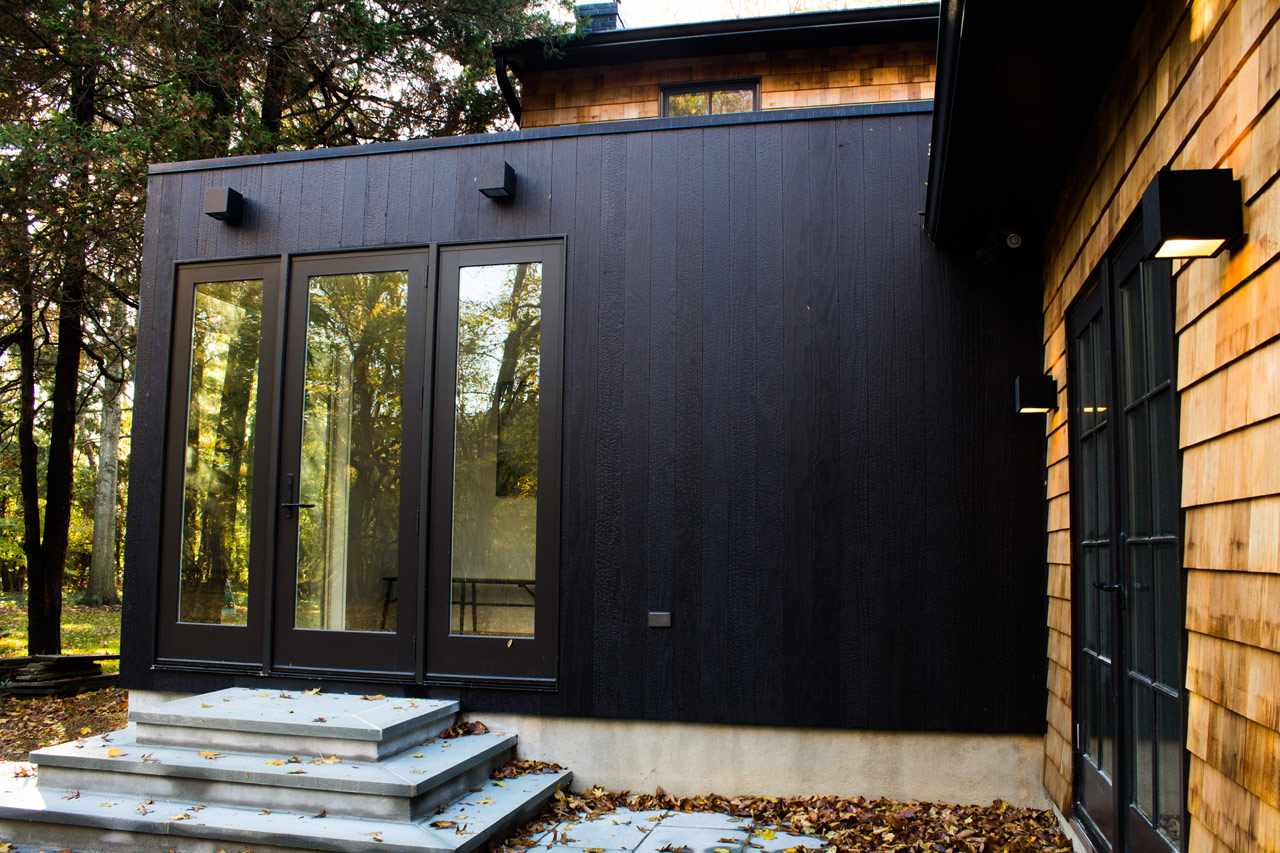
.jpg)